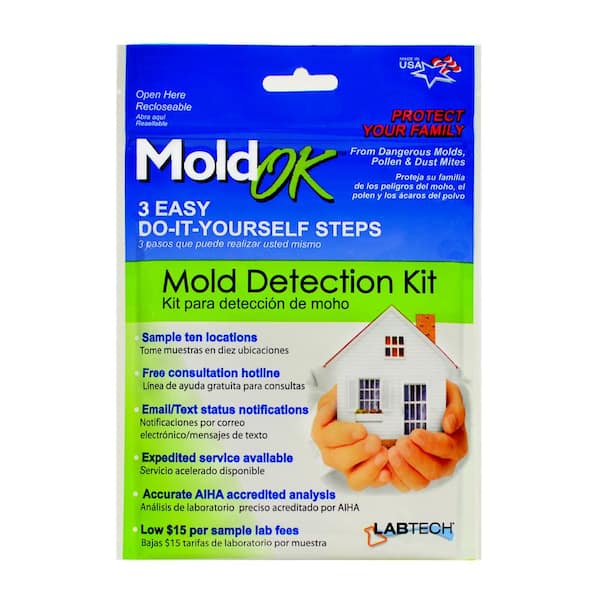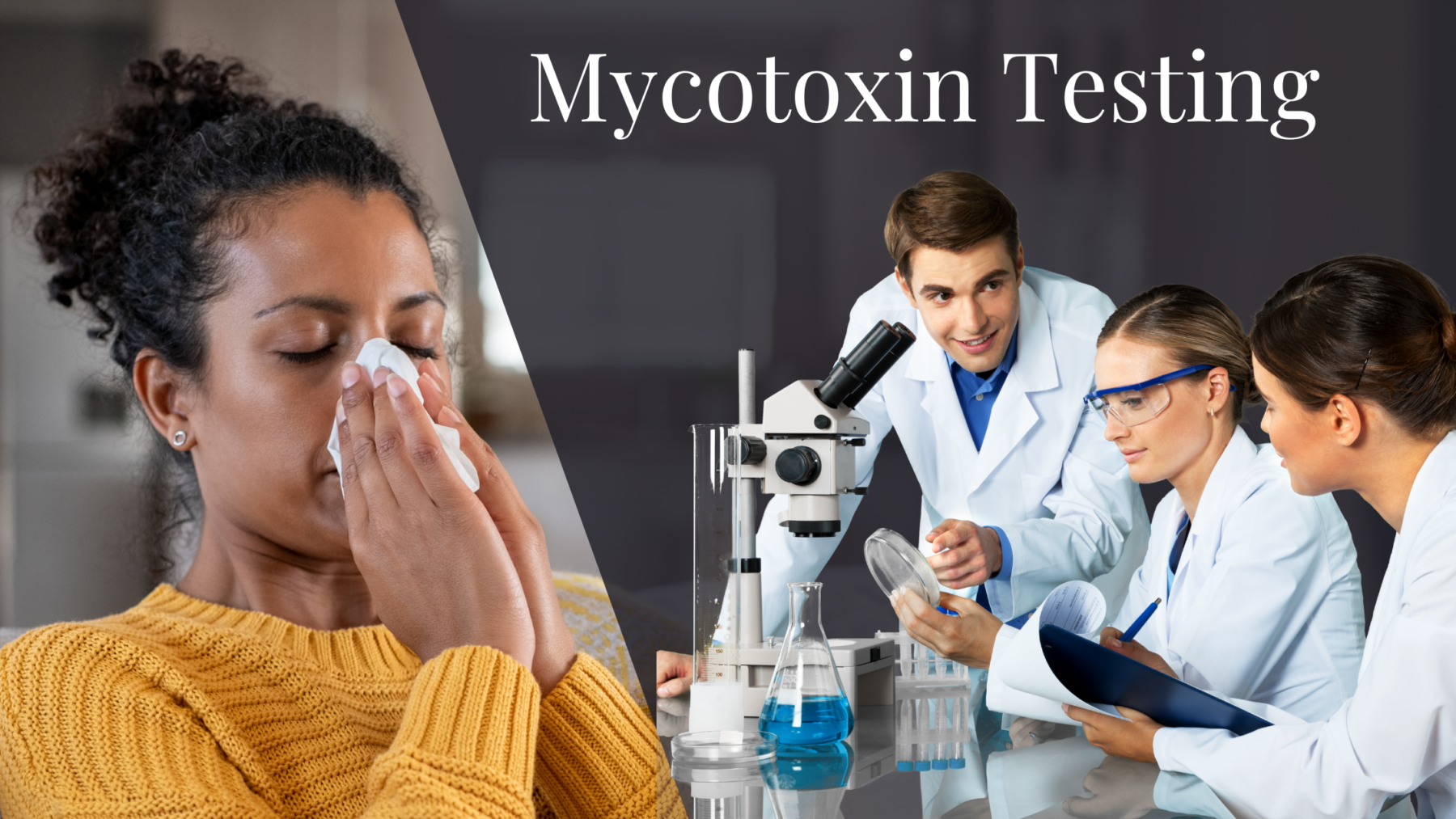The Function of Mycotoxin testing Services in Food and Feed Safety
The Function of Mycotoxin testing Services in Food and Feed Safety
Blog Article
Ensuring Compliance With Rules: the Function of Mycotoxin Examining in Quality Assurance
Guaranteeing conformity with strict policies is extremely important for preserving food security, and the function of mycotoxin testing in high quality control can not be overemphasized. Mycotoxins, harmful compounds generated by particular mold and mildews, pose significant health risks, making their detection critical in food manufacturing.
Recognizing Mycotoxins
Comprehending mycotoxins is basic to making sure the quality and security of farming items. Mycotoxins are harmful secondary metabolites created by specific varieties of fungi, typically located in foods items such as nuts, grains, and flavors. These substances can occur at different phases of the food manufacturing procedure, from pre-harvest to storage space, and posture considerable health threats to both human beings and animals (Mycotoxin testing Services). The most notorious mycotoxins consist of aflatoxins, ochratoxins, fumonisins, and trichothecenes, each related to specific ecological conditions and fungal species.
The presence of mycotoxins in food items can bring about chronic and severe health concerns, including liver damages, immune reductions, and carcinogenic results. Their detection and metrology are critical components of high quality control in agricultural and food markets. The complexity of mycotoxin contamination requires a diverse method, using innovative analytical strategies such as fluid chromatography, mass spectrometry, and enzyme-linked immunosorbent assays (ELISA) By recognizing the sources, types, and impacts of mycotoxins, stakeholders in the agricultural market can better execute preventative measures and reduce threats, guaranteeing more secure consumption for end-users. This understanding develops the bedrock whereupon reliable mycotoxin management practices are built.
Regulatory Standards for Mycotoxins
Having established a foundational understanding of mycotoxins and their influence on food safety and security, it is necessary to examine the regulatory criteria regulating their visibility in farming products. Regulatory standards for mycotoxins are important due to the fact that they specify permitted limitations, making sure food safety and security and shielding public health. Different international and nationwide firms have actually set these limitations based upon thorough threat evaluations.
The Codex Alimentarius Payment, a global body developed by the FAO and WHO, gives guidelines and optimum permitted levels for various mycotoxins in food and feed. The Codex has established limitations for aflatoxins in peanuts, maize, and dried out figs, among other products. These standards are typically embraced or adapted by individual nations to fit their certain needs.
In the European Union, Regulation (EC) No 1881/2006 stipulates optimum degrees for a number of mycotoxins, such as aflatoxins, ochratoxin A, and deoxynivalenol, in different food. Similarly, the U.S. Food and Medicine Administration (FDA) has actually developed action levels for mycotoxins like aflatoxins in commodities such as grains and nuts.
Adherence to these regulative standards is vital for preserving market accessibility, customer count on, and public wellness. Non-compliance can lead to substantial financial losses and wellness risks, highlighting the value of stringent mycotoxin screening methods.
Testing Methods and Technologies

ELISA is widely valued for its quick and affordable testing abilities, making it optimal for high-throughput environments. It relies upon antibodies to find particular mycotoxins, providing results in a reasonably brief time frame. Its sensitivity might be restricted compared to much more innovative strategies.
HPLC, on the various other hand, excels in offering measurable evaluation with high accuracy and precision. helpful hints It divides intricate mixtures right into individual components, making it extremely reliable for recognizing and measuring multiple mycotoxins at the same time - Mycotoxin testing Services. This strategy, while more taxing and resource-intensive than ELISA, offers a greater level of dependability

LC-MS represents the pinnacle of analytical specificity and sensitivity. Incorporating the separation power of fluid chromatography with the detection capabilities of mass spectrometry, LC-MS can find even trace degrees of mycotoxins. This method is essential for confirming the visibility of mycotoxins in regulatory and forensic contexts, making sure compliance with rigorous security criteria.
Executing Examining Methods

Including these innovative screening techniques into a comprehensive quality assurance framework requires a well-structured approach to executing screening protocols. To accomplish this, organizations have to initially perform a thorough threat assessment to identify prospective mycotoxin contamination points within the supply chain. This assessment educates the growth of a tailored screening approach that deals with specific susceptabilities.
Next, establishing standard tasting treatments is crucial. Regular sampling ensures that test outcomes are reputable and representative of the entire set (Mycotoxin testing Services). Complying with standards from regulatory bodies, such as the FDA or EFSA, helps maintain compliance and improves the integrity of the screening process
Educating personnel is an additional crucial element. Team should excel in both sample collection and the procedure of testing tools. Regular training sessions and accreditation programs can make certain that employee stay upgraded with the most up to date strategies and regulative adjustments.
Benefits of Mycotoxin Testing
Mycotoxin screening supplies numerous benefits that significantly enhance the safety and security and quality of food and feed products. Primarily, it acts as a vital control procedure to stop infected items from getting to the consumer market, consequently guarding public health and wellness. By identifying and measuring mycotoxins such as fumonisins, aflatoxins, and ochratoxins, producers Resources can ensure that their products satisfy strict regulatory requirements, thus staying clear of prospective legal consequences and connected costs.
Furthermore, mycotoxin screening adds to the financial viability of food and feed markets by reducing the risk of large product remembers. The ability to separate and identify contaminated batches early in the production procedure decreases waste and prevents the economic losses related to damaged brand name credibility. Moreover, it promotes customer count on and loyalty, as clients are significantly conscious of food safety concerns and demand better requirements.
The application of routine mycotoxin testing likewise advertises best practices within agricultural and production fields. By sticking to rigorous testing protocols, companies can enhance their quality assurance processes, improve operational performance, and make certain the consistent production of safe, high-grade products. To conclude, the advantages of mycotoxin testing are diverse, contributing to public health, economic security, and market honesty.
Verdict
Mycotoxin testing is critical in guaranteeing compliance with regulative requirements, thereby keeping food safety and quality assurance. By systematically discovering unsafe mycotoxins, this practice helps reduce wellness dangers, prevent legal repercussions, and avoid economic losses connected with item remembers. Carrying out durable testing protocols cultivates customer trust and confidence in food safety and security techniques, eventually supporting the honesty and track record of food organizations. Hence, mycotoxin screening stays a vital component of find this modern food security monitoring systems.
Making sure compliance with rigorous regulations is extremely important for preserving food safety and security, and the function of mycotoxin testing in high quality control can not be overstated.In the realm of mycotoxin screening, advanced approaches and modern technologies are pivotal in making certain food safety and regulative compliance.Mycotoxin testing supplies numerous advantages that dramatically boost the safety and high quality of food and feed items.Mycotoxin testing is essential in guaranteeing conformity with governing standards, thereby preserving food security and quality control. Hence, mycotoxin testing stays a vital component of modern-day food safety and security management systems.
Report this page